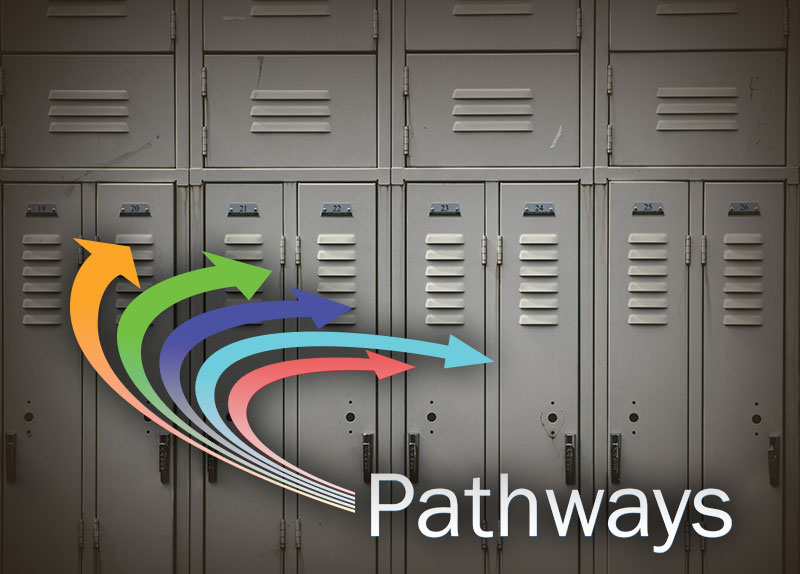A recent opinion piece in the New York Times posits a potentially heretical idea: that the premise of our educational system, of promoting college attendance to all students, is misguided. The author’s assertion is that our society spends too much money on students who attend college and not enough on everyone else.
The article cites increases of 133% in federal funding for higher education – combined with tax breaks, loan subsidies and state-level funding that totals $150 billion annually. Given the facts surrounding high school and college attendance rates, attrition and degree attainment, the author argues for investing some of this money in training high school students for work after high school, not college attendance.
Whether one agrees with this radical idea or not, it begs an important question that deserves debate:
Shouldn’t we recognize that not all students will go to college, and more actively prepare those students for satisfying and meaningful careers/work after high school?
The idea of adapting the guided pathways concept that already exists in the postsecondary realm to the realities of the high school might make sense. Refocusing guided pathways at the high school level also assumes that everyone has a legitimate path forward, without the historical judgments between students who are – or are not – bound for college.
Moreover, using the guided pathways lens as a means to shepherd students through high school doesn’t mean that STEM programs lose importance. In fact, they gain more importance as students understand the value of STEM programs to their vocational goals. The same can be said about the need for increased social-emotional learning.
Shifting to a guided pathways approach in high school would require changes, including:
- Adding more counselors to bring down the ratio of students-to-counselor from nearly 500:1 to the recommended 250:1
- Providing counselor and teacher training to help students with social-emotional learning skills
- Making social-emotional learning skills an integral part of the high school curriculum
- Building partnerships with local businesses so that pathways to internships, apprenticeships and other important work experience are more accessible to high school graduates
- A shift in attitude toward supporting non-college-bound students emotionally and financially
Success in this new environment would still begin with a student’s self-awareness of their personality, preferences, skills and emotional intelligence as a means of developing educational and career goals. However, it would not be done in the service of helping more students reach college, but rather honoring whatever the path they choose.
Our range of AchieveWORKS® tools can definitely help get high school students on their path — regardless of which path they choose — by linking their talents, skills and areas of interest to a career they would enjoy and excel in.
